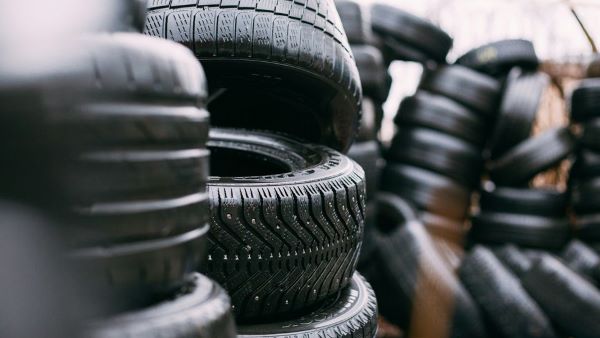
Rubber tires are built to last, but that durability makes them a nightmare to recycle. Now researchers at the University of North Carolina at Chapel Hill (UNC-Chapel Hill) have developed a mild, two step chemical process that can break down synthetic rubber under environmentally friendly conditions. Published in Nature, the study shows how the method transforms used rubber into nitrogen-rich building blocks for new materials.
The rubber recycling problem
Each year, hundreds of millions of tires reach the end of the road - and not just on our vehicles. In the United States, more than 274 million tires were discarded in 2021. While some are repurposed for fuel or ground into materials like rubber mulch, nearly one in five still ends up in landfills, where they create long lasting environmental problems. But tires don't just take up space, they can leach harmful chemicals into soil and groundwater and are prone to spontaneous fires, which are difficult to extinguish and release toxic smoke into the atmosphere. What makes tires so hard to recycle is the very thing that makes them so durable. Most are made from synthetic rubber, which consists of long chains of molecules called polymers. These chains are cross linked - chemically bound together into a strong, flexible network through a process known as vulcanization. This structure gives rubber its strength and resilience, but also makes it highly resistant to breakdown, even under extreme conditions.
Vulcanization
A chemical process that strengthens rubber by creating cross links (bonds) between its polymer chains, usually using sulfur. This gives rubber its durability and elasticity. Traditional recycling techniques struggle with these challenges. Pyrolysis, one of the most widely used methods, involves heating rubber at high temperatures in the absence of oxygen to break it down into oils and gases.
While it can recover some energy and materials, it often produces hazardous compounds such as benzene, toluene and dioxins, posing environmental and health risks. It also demands substantial energy input. Another approach, de-vulcanization, and targets the sulfur cross links within the polymer network.
This can make the material pliable again, but the process often compromises the mechanical integrity of the rubber, limiting its ability to be reused in demanding applications like tires.